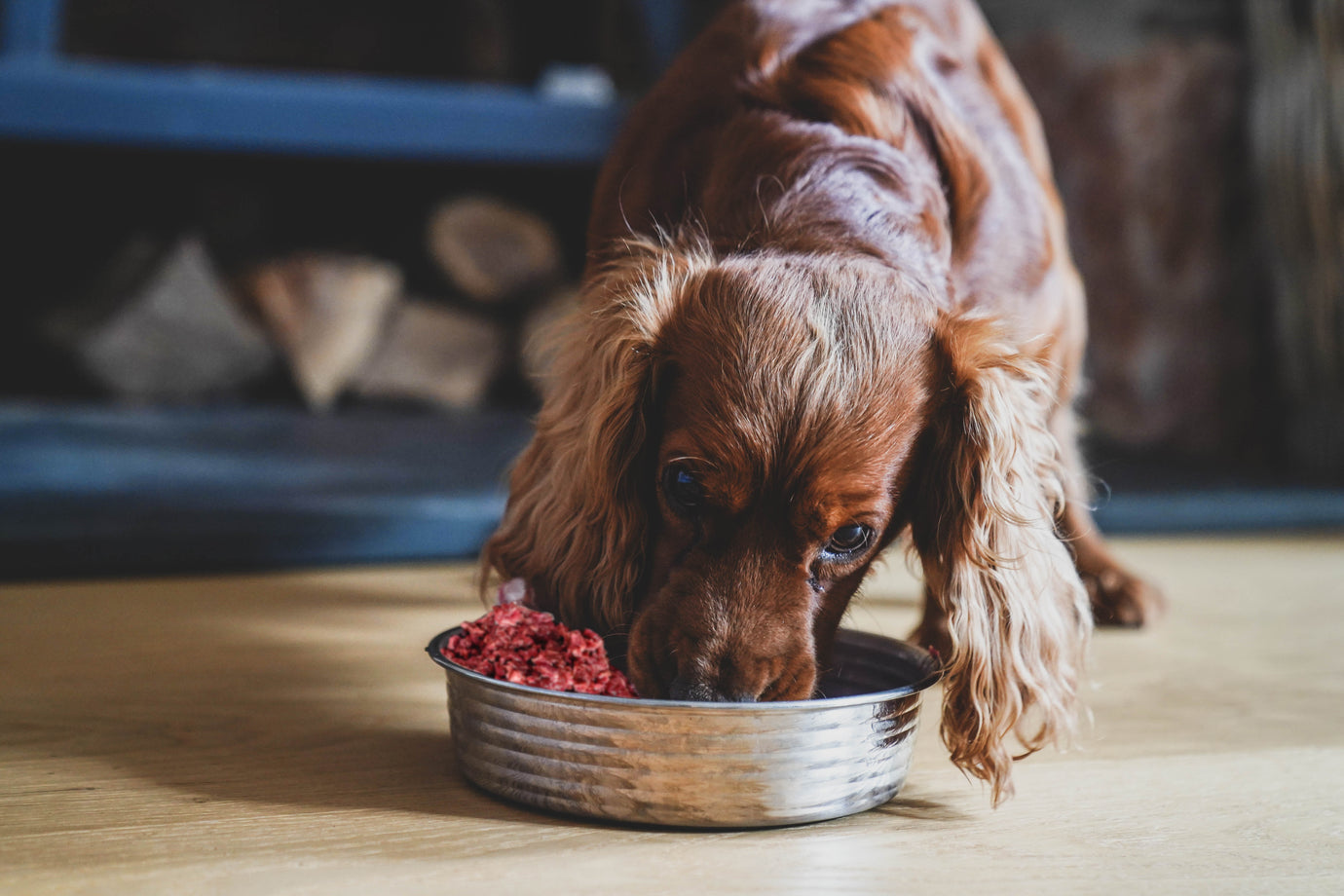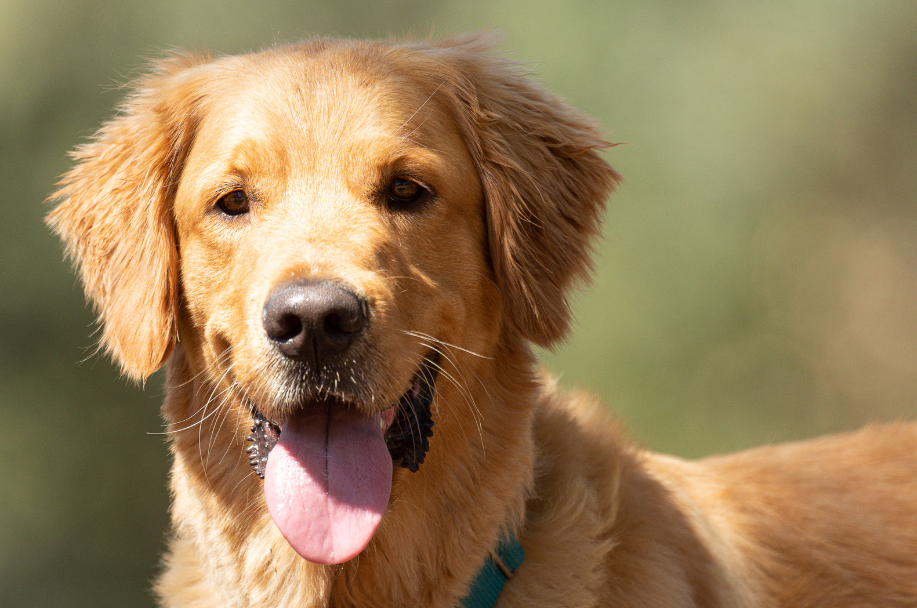Helping a dog with a Sensitive Stomach

A sensitive stomach is one of the most common concerns dog guardians find their dog experiencing.
The symptoms of a canine sensitive stomach are usually loose stools and occasionally vomiting.
If left untreated, a sensitive stomach can lead to malnutrition. This can happen due to the limited diet the dog is able to tolerate and an imbalance in gut microbiome, which hinders the digestion and absorption of nutrients.
Many dogs with a sensitive stomach also experience inflammation in their intestines and can show symptoms of inflammation elsewhere in the body. It is worth addressing a sensitive stomach to support your dog’s long-term health, as variety is truly the keystone to optimum canine nutrition. Simply switching to a bland or single protein diet is, nutritionally speaking, a short-term option only.
How to Support a dog with a Sensitive Stomach
The priority is to support the dog’s stomach function and acidity strength, secondary, to balance their gut microbiome. Reducing food types or feeding just one sensitive stomach food may initially reduce symptoms but is not going to solve the internal root cause.
Your dog’s stomach is wonderful! It actually chews your dog’s food, just as our mouth does for us. Dogs do not produce digestive enzymes in their saliva, so they eat by first gulping food down and then their stomachs churn and chew away at the food for them. With each chew or churn, the dog’s stomach releases more gastric acid and enzymes. This action keeps the dog’s stomach acid strong, making it more capable of breaking down food and very importantly, able to kill off any negative bacteria.
Most dogs with a sensitive stomach are essentially sensitive to changes in bacteria. Each food type has its own type of bacteria and often dogs get used to dealing with only one type. A different type of bacteria heading into their stomach can challenge them, therefore, that scavenging bin find or tidbit of food they found in the park sets them off with loose stools as the body flushes through the change in gut bacteria. If your dog has weaker acidity this becomes magnified, so it is vital your dog’s stomach is able to perform the chewing and gastric acid release action.
Fresh foods need much more stomach chewing action as they are more intact, whereas processed food types do not. They tend to sit and disintegrate in the dog’s stomach and do not encourage the stomach to chew and release its acidity. This quite quickly leads to weaker stomach acidity and the dog becoming sensitive to different food types or bacteria found in their environment.
As a Canine Nutrition Consultant, consistent experience has shown me that the minute a guardian starts to feed fresh food, even if it is lightly cooked to begin with, the stomach acidity strengthens as the chewing action is required. Sensitive stomachs then soon become a thing of the past.
Genuinely just switching becomes the answer, as it is the processed food that is keeping the sensitivity and inability to deal with bacteria changes. A dog’s body has the ability to overcome a sensitive stomach, it just needs the chance to do so. Even dogs who have been sensitive for many years can change entirely within one or two meals of fresh whole foods.
We have some great blogs on balancing gut microbiome too. Rest assured this happens once a dog is eating fresh, whole foods. We welcome any questions and are always here to support you if you are concerned with the switch to fresh, raw food for your dog. Just give us a call.








